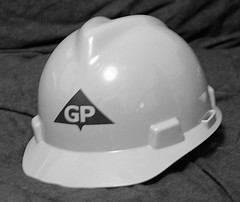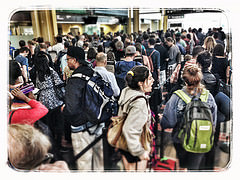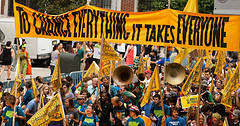
The Philadelphia Education Reform Commission deployed what observers are calling “the nuclear option” on the city’s teachers’ union, cancelling their contract on Monday, unilaterally and without notice:
In a stunning move that could reshape the face of city schools, the Philadelphia School Reform Commission voted Monday to unilaterally cancel its teachers’ contract. The vote was unanimous.
The Philadelphia Federation of Teachers was given no advance word of the action — which happened at an early-morning SRC meeting called with minimal notice — and which figures to result in a legal challenge to the takeover law the SRC believes gives it the power to bypass negotiations and impose terms. [Philly.com]
According to Philly.com, the commission has no immediate plans to cut the pay of the 15,000 teachers and staff in the Philadelphia school system who belong to the union. The move is a bid to wrest control of the teacher’s benefit program from the union in order to force steep hikes in the worker’s share of health insurace.
The Commission insists that it has the power to cancel the contract, but the teachers intend to fight the decision in court.
[Photo credit: Jasper Nance, Creative Commons.]









